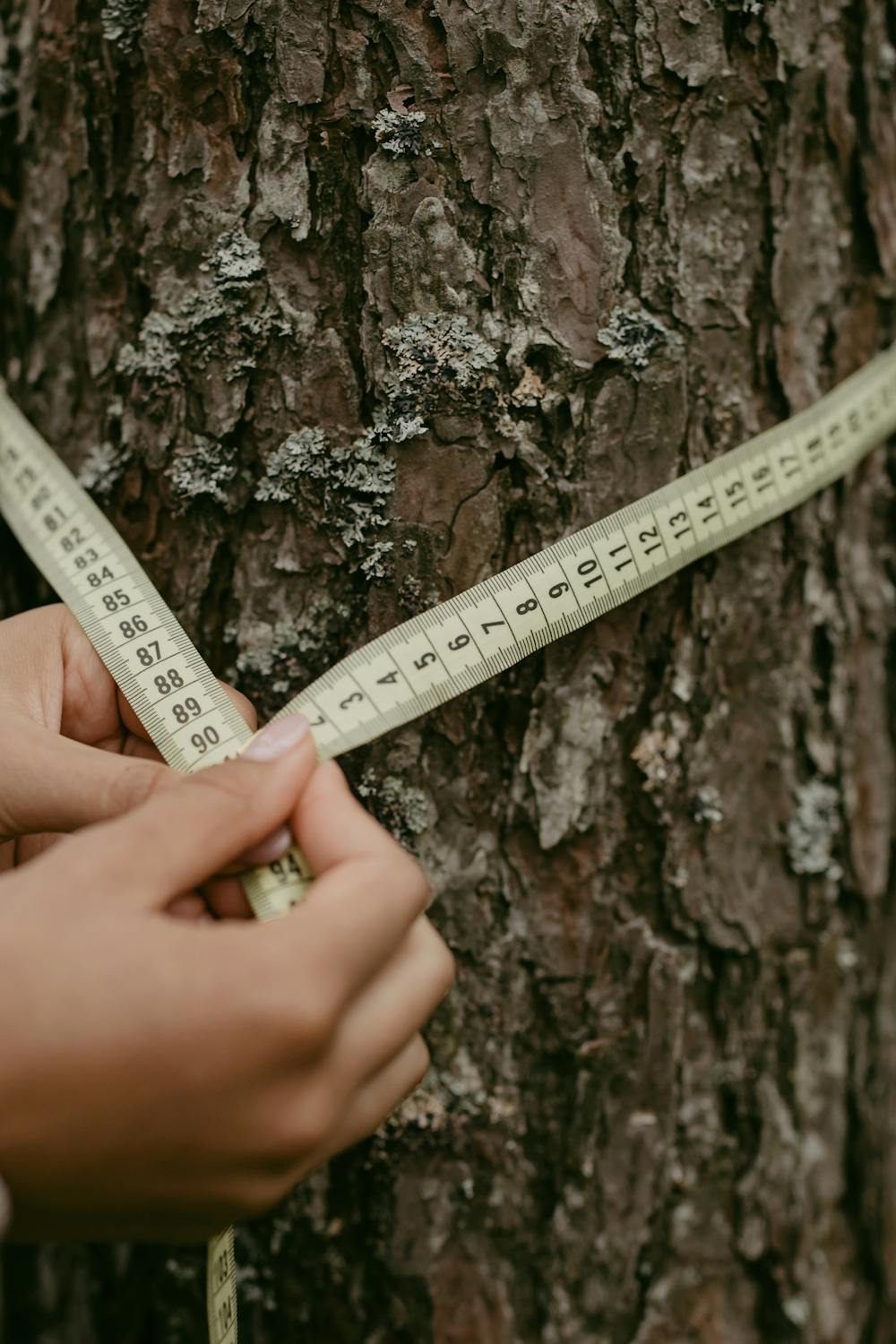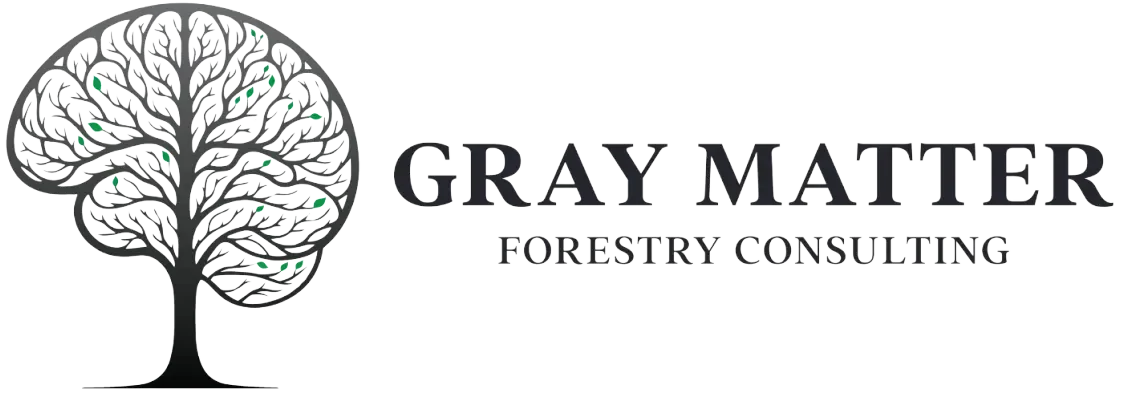
An arborist report is a vital yet often overlooked requirement in construction project planning within the Greater Toronto Area (GTA). Skipping this step can lead to costly delays and complications.
Every construction project in the GTA must comply with local Tree Protection Bylaws if protected trees are present. An arborist report and an accompanying Tree Protection Plan (TPP) are the two key documents needed to demonstrate compliance and obtain a building permit in these communities. Ensuring these documents are in place is an essential part of the pre-construction process. This guide will walk you through the purpose of an arborist report, its key components, and what to expect during the process.
Why must I provide an Arborist Report with my permit application?
Trees in urban settings are often exposed to greater stressors than their forest counterparts and construction damage is a major contributor to premature tree decline and death.
For this reason, many southern Ontario municipalities have enacted tree protection bylaws, which mandate a Tree Protection Plan to safeguard bylaw-protected trees.
Nearly all of the city and municipal governments within the GTA have some form of tree protection bylaws. The details of the bylaws and their requirements vary between communities, so developers and homeowners must consult their local bylaws for specific information.
The City of Toronto has led the way in urban forest protection across the region and tends to have the strongest requirements.
What is a Protected Tree?
All trees on city property in Toronto are protected.
Trees on private property in Toronto are also protected if the trunk diameter is 12 inches (30 cm) or more when measured 4 ½ feet above the ground (1.4m).
Components of a Comprehensive Arborist Report
An arborist report typically includes several key components. Each section provides detailed information to help you understand the condition of the trees on the property and what actions need to be taken.
These sections follow this format:
- Summary of the contents of the plan and a reference to the reader
- Observations outline the details collected by the arborist at the time of the site visit
- Discussion provides details of the various elements, including the regulatory context, report recommendations, and other noteworthy details about the trees on the property, such as hazards
- Recommendations and Conclusions
- Appendix 1: Tree Inventory: A table including a detailed analysis of each tree on-site
- Appendix 2: Tree Protection Plan: A copy of the TPP (delivered separately) that visually represents the property, the work being done, each tree on site and the tree protection recommendations described in the report.
Detailed Sections of an Arborist Report
Here’s a deeper dive into the sections of an arborist report. These sections provide the analysis and recommendations required in the construction permit application.
Summary of the project, the client information, and property details
This section sets the context for the report and serves as a helpful quick reference for the plan reviewer. It identifies the surveyed trees and what may happen to them because of construction (Preserve, Injure or Remove). If permits are required, this will be noted here as well
For example:
Client: John Doe
Address: 123 Elm Street, Toronto, ON
Date of Inspection: July 15, 2024
Proposed work: Construction of a new addition to the rear of the existing house.
- Trees on site: 63 trees to be preserved
- 2 trees to be injured
- 1 tree to be removed
2 Injury and 1 Removal permit is required
Observations
This section describes the details that were collected by the arborist during the site visit. It typically includes the date of the assessment, the state of the property (preconstruction, demolition complete, construction ongoing etc.), an overview of the trees’ condition and ownership and other noteworthy details.
This section helps the reader understand the context in which the arborist is making the report and the details that were observed as the arborist found the setting, the scene for the discussion, assessments, and recommendations to follow.
Discussion
Here is where the meat of the report is found. It includes a summary of the regulatory context in the municipality where the project is to take place and the necessary action required, referencing the Tree Protection Plan (found in the Appendix). Other significant details, such as the specifics about recommendations in the report or other noteworthy details regarding the trees, such as potential hazards, will be included here.
Recommendations and conclusion
Wrapping up the report, the recommendations outlined in the previous section are summarized for easier reference. The details of the summary are presented again inside the context of the completed report.
Appendix 1: Tree inventory
The tree inventory is one of the most important parts of the arborist report. It lists all the trees assessed during the inspection and details about each tree. This typically includes:
- Species
- Diameter at Breast Height (DBH)
- Height
- Canopy spread
- Health and structural condition
- Action to be taken resulting from the proposed project (Preserve, Injure, Remove)
- Whether or not permits will be required
- Further observations or details of each tree as necessary
Appendix 2: Tree protection plan preview
The Tree Protection Plan (TPP) is typically delivered as a high-resolution document attached to the Arborist Report.
This document is a visual map overlayed on the client’s site plan, where construction details are depicted to scale with all the inventoried trees represented in their appropriate locations.
The TPP outlines specific strategies to prevent damage to the roots, trunk, and canopy of protected trees in the vicinity. It may include site-specific recommendations such as protective fencing, proper excavation methods, and designated no-go zones, all designed to maintain tree health and compliance with local tree protection regulations.
The plan is a mandatory compliance document for obtaining construction permits in urban areas where tree conservation laws are enforced.
Additional Resources and Appendices
The additional resources and appendices provide supplementary information and visual aids to support the findings and recommendations.
Photographs and visual aids
The visual record of the trees’ condition helps illustrate the issues identified during the inspection. These images help plan reviewers visualize the trees being discussed and understand the arborist’s observations
Photographs might include visible signs of disease, such as fungal growth or insect damage.
Reference materials on tree care
The arborist report may also include reference materials on tree care, such as best practices for tree maintenance and pest and disease control.
For example, the arborist might include a guide on proper pruning techniques or how to manage common pests, to help property developers and construction managers make informed decisions about tree care.
The maps and diagrams ensure everyone involved in the project understands the exact locations and conditions of the trees, making it easier to plan construction activities without violating local bylaws.
For more information, you can refer to the Arborist Reports Guide.
Arborist qualifications
When searching for a tree care professional, look for up-to-date ISA (International Society of Arboriculture) credentials, or Ontario qualified credentials.
ISA credential holders must: have experience, pass an exam, renew their certificate every three years, continue their education and training, and sign a Code of Ethics. You can find an ISA Certified Arborist in your area here. Or verify if someone is a currently ISA certified here.
When hiring a professional, also ask for proof of insurance, references, and a written contract. See more tips for hiring an arborist here.
Conclusion and Summary
In summary, an arborist report is a required document document for every construction project in the Toronto area, where there are trees on the property. It ensures compliance with local bylaws, helps protect the urban canopy, and provides valuable information for maintaining the health and safety of trees on the property.
Understanding the components of an arborist report and what to expect during the process helps property developers and construction managers make informed decisions and avoid potential delays and penalties.
Key Findings
- Essential Compliance: An arborist report is required to secure a construction permit in many urban areas like the Greater Toronto Area. This report ensures that all trees affected by construction are properly assessed and protected.
- Detailed Components: Comprehensive arborist reports include sections such as observations, discussions on regulatory compliance, and recommendations, along with a tree inventory and Tree Protection Plan. These components provide detailed insight into each tree’s health and how to safeguard it during construction.
- Protective Measures: Recommended actions within the report, like tree protection hoarding and low-impact root excavation, may be prescribed to minimize damage to trees. These methods maintain the tree’s health and stability while ensuring compliance with urban forestry guidelines.
- Qualified Arborist Insight: A certified and experienced arborist must prepare the report. Their expertise helps in creating a reliable guide for property developers to protect trees and comply with environmental regulations.
Overall Tree Health and Recommendations
The arborist report includes an assessment of the tree’s health and structural condition. It offers clear recommendations for actions and treatments, such as pruning, tree removal, and pest control measures. These recommendations help property developers and owners ensure the safety and health of the trees on their property.
Frequently Asked Questions (FAQ)
What qualifications should a certified arborist have?
A certified arborist should have credentials from recognized organizations, such as the International Society of Arboriculture (ISA). It is also good if they also hold a Tree Risk Assessment Qualification (TRAQ) and have several years of experience in the field.
How often should trees be assessed by an arborist?
Trees should be assessed by an arborist at least once every three to five years. However, more frequent assessments may be necessary if there are visible signs of disease, pest infestations, or structural issues. Construction activities can impact trees without anyone noticing for several years until the tree begins to show signs of stress
What are the common signs a tree is unhealthy?
Common signs of an unhealthy tree include:
- Poor vigour in the foliage of the tree (Yellow or withered leaves)
- Fungal growth on the trunk or branches
- Dead or dying branches
- Pest infestations, such as insect borers
- Cracks or splits in the trunk
- Leaning or unstable trees
When is an arborist report required?
An arborist report is required when applying for a construction permit in Toronto. It is also necessary if there are concerns about the health or safety of trees on the property, or if tree removal is being considered.
